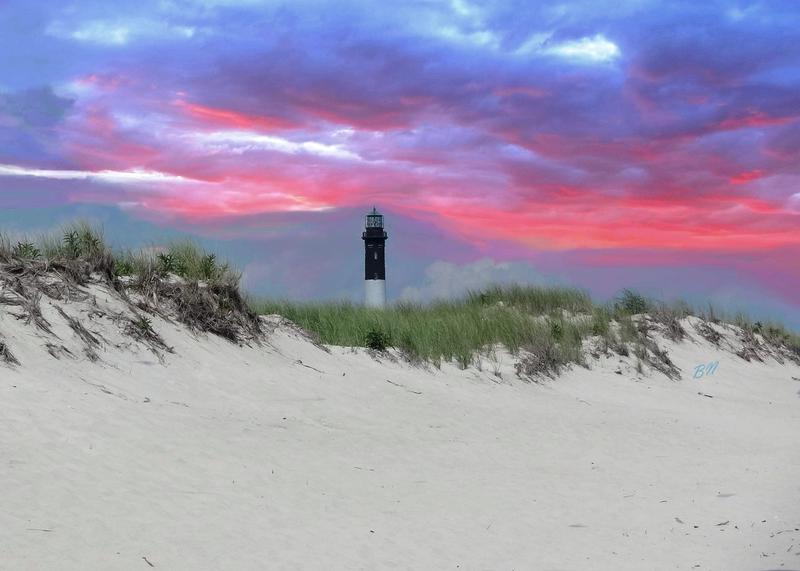
Robert Moses (1888-1981), New York’s “master builder,” has been in residence as a cadaver at Woodlawn Cemetery for nearly 30 years. But it’s barely removed him from the outsized roles he played in the life of the region: political polarizer, moral lightning rod and to some, all-purpose villain.
Yet again, denouncers are condemning Moses’s sharp-elbowed machinations as he spent decades, along with billions in taxpayer funds, turning New York into a global metropolis. And predictably, defenders are extolling his ambitious works and arguing that the disruptions they caused are best understood in historical context. It’s a self-renewing cycle of contention that, if nothing else, keeps the man alive in the minds of New Yorkers.
Moses’s latest star turn comes courtesy of State Assemblyman Daniel O’Donnell. In September, O’Donnell read an op-ed in The Daily News that cataloged the downside of Moses’s record, particularly on race. True to form in the Moses wars, the op-ed prompted a strenuous rebuttal in the same newspaper three days later. The dispute prompted O’Donnell to sponsor a bill calling for a panel to consider whether the once kingly commissioner should have his name removed from one of his signature projects, Robert Moses State Park on Long Island.
O’Donnell, who represents the Upper West Side but grew up near the park, has an opinion.
He told Gothamist / WNYC that it’s time to downsize Moses’s posthumous profile as part of a re-evaluation of his work. “I'm not saying wipe him from the history books,” O’Donnell explained. “I'm not saying, ‘You're an evil man because you were racist or because you made decisions with racist underpinnings at a time when most people felt just the same way you did.’" But O’Donnell is saying something close to that.
The Assemblyman predicted that should his bill pass and public testimony be gathered, it would be harsh. “People will say he was a vile, racist man who destroyed people and communities,” O’Donnell predicted, alluding to Moses projects such as Lincoln Center and the Cross-Bronx Expressway, which displaced whole neighborhoods of poor and working class residents. O’Donnell's conclusion: “Maybe there’s a better name for this park.”
But Kenneth T. Jackson, long-tenured history professor at Columbia University and editor of The Encyclopedia of New York, has a contrary view. He’s the editor of a 2007 collection of scholarly reappraisals of the Moses legacy — mostly positive but none without caveats.
Jackson granted that Moses could be “ruthless” while gathering the land, permissions and budgets to build his public works. But he insisted that, on balance, Moses erected a colossal amount of quality infrastructure that is now critical to the functioning of the region and its economy. “I think if we had more public servants like Robert Moses right now, we’d all be better off because he did things well,” Jackson said. “You’ll notice that he didn’t build the Tappan Zee Bridge, which was constructed in the 1950s and had to be blown up. You don’t blow up Robert Moses’s bridges: The Triborough, The Throgs Neck, The Whitestone.”
Jackson concedes that Moses could be cavalier about the needs of New York’s black and Hispanic communities, several of which he bulldozed. At the same time, he says Moses enhanced other such communities with parks and playgrounds and subsidized public housing. He was, Jackson says, a man of his time. “It's kind of hard to find people in the 1930s and 40s who weren't racist in the United States,” he said. “And I wish he'd been a little less of a racist. But I don't know that there's any evidence that Robert Moses was any more or less of a racist than anyone else.”
The possible renaming of Robert Moses State Park might bring to mind an ongoing effort to delete the president’s name from Donald J. Trump State Park in Westchester County. But Assemblyman O’Donnell noted a key difference. He said the state had a “contractual obligation” to keep Trump’s name on the 436-acre park because that’s what he demanded in exchange for donating the land in 2006. (After failing to gain permission to build a golf course on the property, Trump unloaded it and took a wildly inflated tax-write off instead. The park is currently untended or, as this report describes it, “an abandoned wasteland.”)
O’Donnell noted that’s not the case with Robert Moses State Park. “Mr. Moses did not own the Fire Island National Seashore,” which includes the park, he said.
Professor Jackson was unmoved. “Maybe you might take Robert Moses's name off something else, but not the very beaches that he built more than anybody else,” he said.
